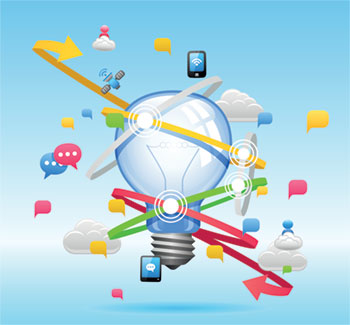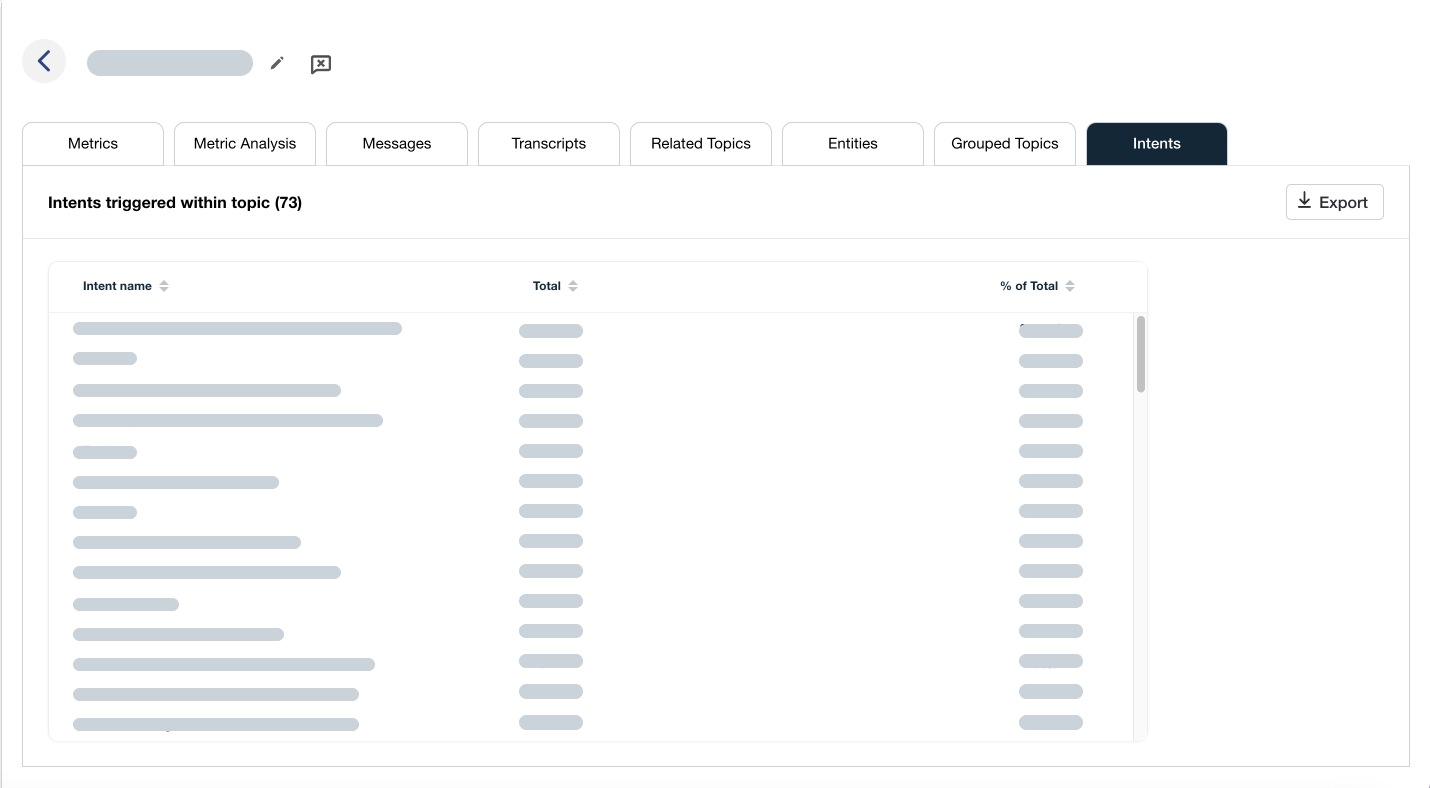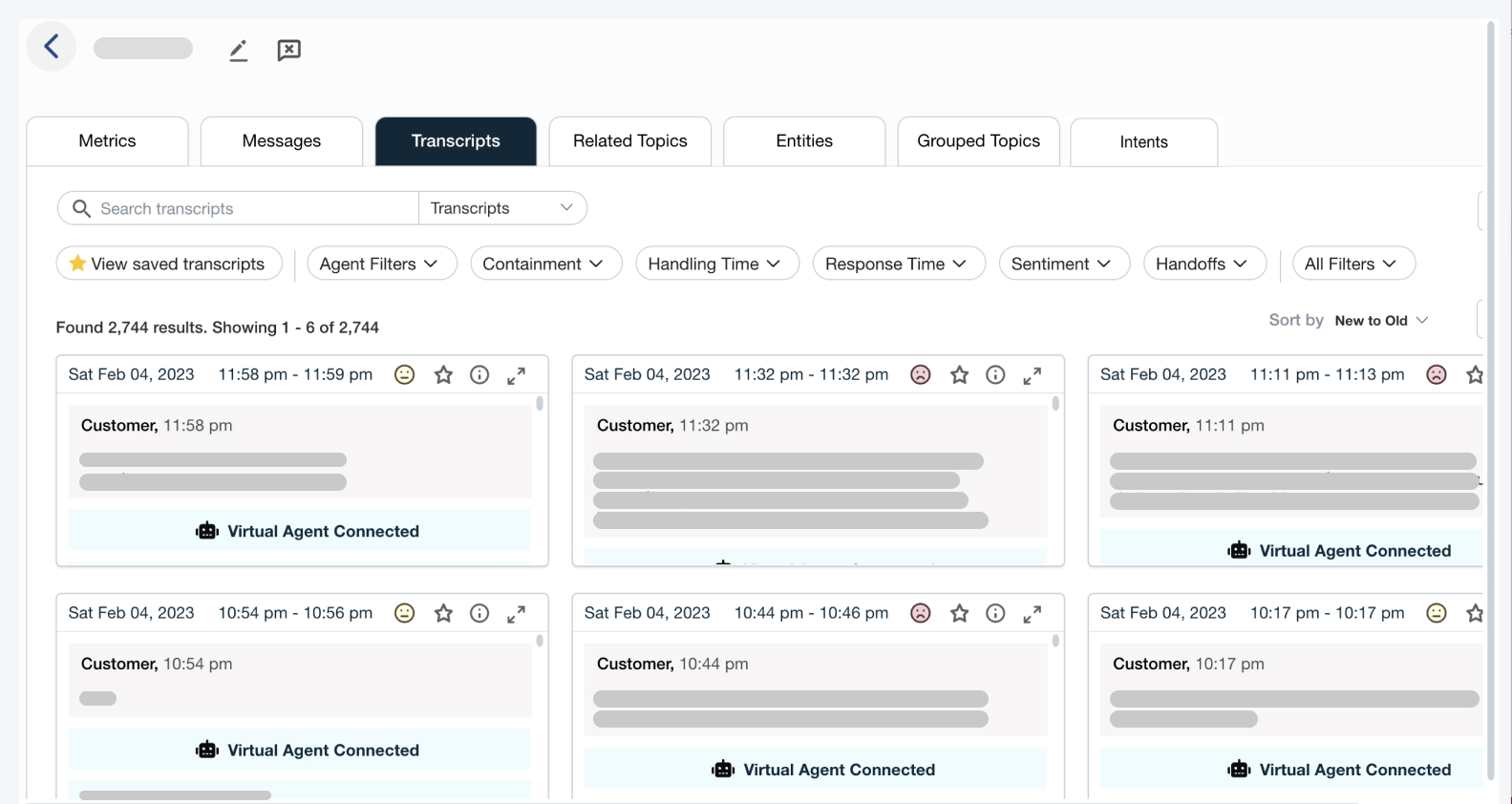User-focused innovation and the contact center
User-focused innovation and the contact center

Following Industry Head at Google, Anna Mossberg’s, presentation about customer-driven innovation at the Calabrio Nordic Forum 2017, Alyssa Fishwick, looks back at the key lessons learnt and what actions contact centers could take toward user-focused innovation.
When Anna Mossberg spoke about User-Focused Innovation at Teleopti’s recent Nordic Forum for customers and partners, she started by asking some vital questions to get the audience thinking about their own practices. The three questions that stood out to me were:
- Do you have time set aside in your calendar for innovation?
- Do you put yourself in your customer’s shoes every week?
- Do you agree that things change all the time?
These three questions felt particularly relevant as they came in a day of exploring the future of customer service. They also wrapped around Anna’s core message about why innovation is just so important for businesses today: “In a rapidly changing world, the only long-term sustainable strategy and competitive advantage is to learn things faster than the world changes around you and translate that learning into meaningful innovation…”
One striking examples of how companies are embracing innovation is that Amazon invests 12% of its revenue into innovation.
In line with Anna’s core message about innovation, she focused on three areas that are crucial for success: 1) Create a culture that stimulates innovation, 2) Innovate with a starting point in the customer journey, 3) Obsess about great customer experiences. What she said was alarmingly relevant for all companies today, whether B2C or B2B, so I thought it would be interesting to explore each area that Anna discussed but also see if it there are any contact center lessons that can be layered on top. Anna focused on the “user”, a word that to me has a two-fold emphasis, yes, a user can be the customer, but the user, especially with a product like WFM, can also be the agent and other employees. It feels that we always need to be looking at these two groups in parallel, therefore ideas here will often overlap between actions toward customers and actions with/for contact center employees.
Create a culture that stimulates innovation
Key to changing the actions we take and the results we reap is recalibrating the questions we ask, of ourselves, of the company and of the customer. A key thing is that the questions we pose need to turn from being internally driven to holding an external vision. If your current questions are either self-, career- or comfort-motivated, they must become geared around the customer, company and industry, such as “What is best for our customer?”, “What are the best in the world doing?” and “What is the long-term sustainable solution?”
Equally, when it comes to asking these questions, it shouldn’t be those with the most power whose answers are heard. Instead, companies should strive to create a flatter hierarchy and get everyone asking the same questions and listening to each other.
As well as creating a level platform for asking and answering the right questions, a culture of transparency and collaboration needs to be nurtured. For instance, Google has a TGIF session every Friday where all employees can send questions to the Founders and they will answer. Similarly, rather than rewarding lone achievements, Google rewards are based on collaboration and helping each other.
Actions for the contact center:
In terms of answering these questions in the right way, if two heads are better than one, then what about all the heads in your workforce? Agents are on the front line and have probably received much feedback about the service customers really need. Create a system of input, and thus, of innovation. Yet bring innovation to this process too, no more paper votes in the ballot box, create a space within your agent self-service portal where they can have their say, either publicly or anonymously. Take the stand out points and see what first small steps you can take to embrace these suggestions and catalyze development.
When it comes to transparency & collaboration – What transparency can you create? Do you have monthly meetings? Could you use that opportunity to be more transparent about the company financials or key projects? Similarly, make performance metrics visible, for teams and for the individual. For collaboration? The sense of working together toward the company mission is often seen to be a key incentive for employees, set up performance meetings to align employees’ efforts with company goals. Furthermore, introduce rewards based on collaboration, supporting the team not just the individual, e.g. Gamification driven mainly by team achievements and rewards.
Innovate with a starting point in the customer journey
To offer truly innovative and effective service experiences, many of us already know that companies need to look at the user’s buying journey, breaking it down into steps. However, from there, there is a whole plethora of layers to consider: the delights and the pain points for each step in that journey, the solutions for both solving the pain points and creating the delight, and then digitalizing the journey, diving into what technology is out there and overlaying it onto each solution. It is important to remember that it is often not as expensive as companies might first think, as many AI solutions (with open integrations) can be rented at reasonable prices. Finally, companies should think of the partnerships they have, or could make, to advance each step in the customer journey.
Actions for the contact center:
Of course, the first stage is to do exactly this for your customers – e.g. those wishing to buy a new internet package – and again involve all levels of employees, especially those who interact with customers.
Yet this should also be a journey that is mapped out for your agents. If a customer has a life cycle, what is the life cycle of the agent? Recruitment, training, working, development, potential attrition… Look at each stage and find the delights and the pain points, and then find the solutions and technology necessary.
Obsess about great customer experiences
BE RELEVANT
Technology should answer consumer behavior. Look at how you fit into the digital eco-system of your customer’s daily life and buying process, and think about how you can push that territory. For instance, the growth of voice search, 29% of Google searches are voice search today. If you are not present in the right algorithms or systems then you might not come up or be chosen.
Actions for the contact center:
With the help of big data and machine-learning, speech analytics have moved beyond the frustrating, “I’m sorry, I didn’t quite understand that” and can be effectively integrated into your customer self-service channels or telephony options. How much can be learnt before the agent even answers the call?
BE CONVENIENT
Look at the general tendencies of both your customers and agents, and optimize to that, e.g. Prime Wardrobe’s “try before you buy” which responded to high return rates and costs for online clothing purchases. Equally, make sure that you are clearly and easily offering the options that users want, and next time, make that option even easier by customizing your service to their choices, like Netflix or Spotify.
Actions for the contact center:
Don’t block how customers wish to communicate with you – phone, email, chat, text or, in the future, virtual reality – create an omnichannel experience where, whatever the touchpoint, their journey up to then is mapped and seamlessly continued. Everything has to be remembered so as to speed up their customer experience each time – like Netflix, make sure they can pick up exactly where they left off last time.
BE FAST
Be faster than your competition, and fast needs to be real-time, not “soon” or even, in a few seconds. As an example, 53% of people browsing the web will leave a site if it takes longer than three seconds to load, last year this figure was 40% so clearly mankind is becoming less patient. Try Google’s Test My Site. If your company’s website comes in at over seven seconds, you need to worry, and do something.
Actions for the contact center:
For one, make sure that your website is optimized to be as quick as possible for users browsing for answers ahead of contacting your support teams. Yet also, when they do reach out, you need to be thinking, what does this growing impatience mentioned above mean for your current Service Level? What was acceptable last year may well not be now…
However, improving service levels shouldn’t be at the expense of agent wellbeing. So, how can Artificial Intelligence be incorporated into each interaction to man the gap between agent abilities/time and customer impatience? For chat and emails, chatbots could act as the first port of call, reducing Service Level and minimizing chat AHT before an agent actually gets to the case. For inbound calls, with the development of Speech Analytics, there can now be “call steering to route callers to the right consultant through automatic understanding of the problem”, registration of key facts ahead of the agent answering the call, or, based on the growing ability of AI to monitor stress levels, those customers demonstrating the greatest frustration can be routed to agents more quickly.
Furthermore, just as customers want real-time answers, your company and agents also need this. Real-time analytics offer the chance for proactive measures to be taken instantly rather than judgments made retrospectively. Tying in with an environment of transparency, agents similarly need to be able to see their metrics in real-time and take ownership of their work.
Conclusion – Your move.
Business can no longer stand by mottos such as “If it ain’t broke, don’t fix it” or “It’s worked so far.” Audience demographics are changing, expectations are growing and digitalizing, and users expect every service they invest in to keep pace with this rate of development. Contact centers are no different. You need to be proactively asking questions, about your customers and your employees (as well as involving them in such investigative processes), and exploring the innovative solutions that modern technology and AI can bring. Time is required to build out this image and direction but remember, it’s not the thought that counts. Don’t just talk about innovation goals, in the ever-relevant words of Nike, Just Do It.









